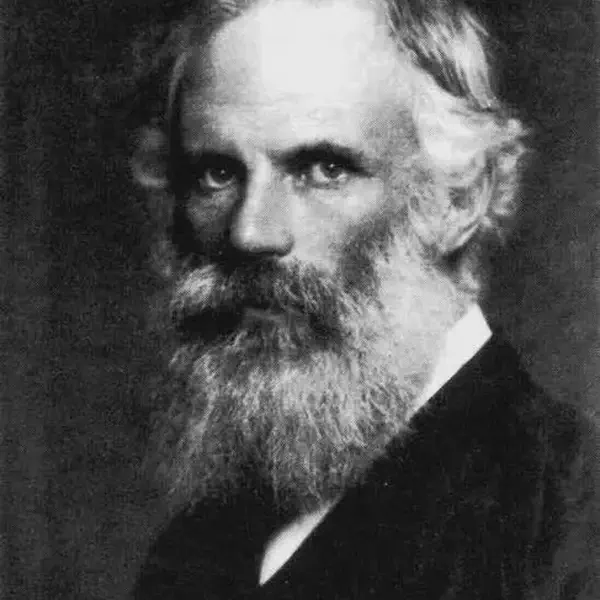
George F. FitzGerald, Born
August 03, 1857
Prof George Francis FitzGerald FRS FRSE (3 August 1851 – 22 February 1901) was an Irish academic and physicist who served as Erasmus Smith’s Professor of Natural and Experimental Philosophy at Trinity College Dublin (TCD) from 1881 to 1901.
FitzGerald was born at No. 19, Lower Mount Street in Dublin on 3 August 1851 to the Reverend William FitzGerald and his wife Anne Frances Stoney.
FitzGerald is known for his work in electromagnetic theory and for the Lorentz–FitzGerald contraction, which became an integral part of Albert Einstein’s special theory of relativity. A crater on the far side of the Moon is named after him, as is a building at TCD
Flying experiments
FitzGerald, in common with others at the end of the nineteenth century, became obsessed with the desire to fly. His attempts in College Park, Dublin, in 1895 involved large numbers of students pulling tow-ropes attached to the Lilienthal glider, and attracted the attention of the people of Dublin, beyond the Nassau Street railings. FitzGerald took off his coat on these occasions, but retained his top hat, which was normal headgear for a Fellow at that time. The experiments were not crowned with success, and were eventually abandoned. The flying machine hung for many years in the Museum Building until an idle engineering student applied a match to the cord from which it was hanging. The flame travelled along the cord and consumed the glider before the helpless onlookers.